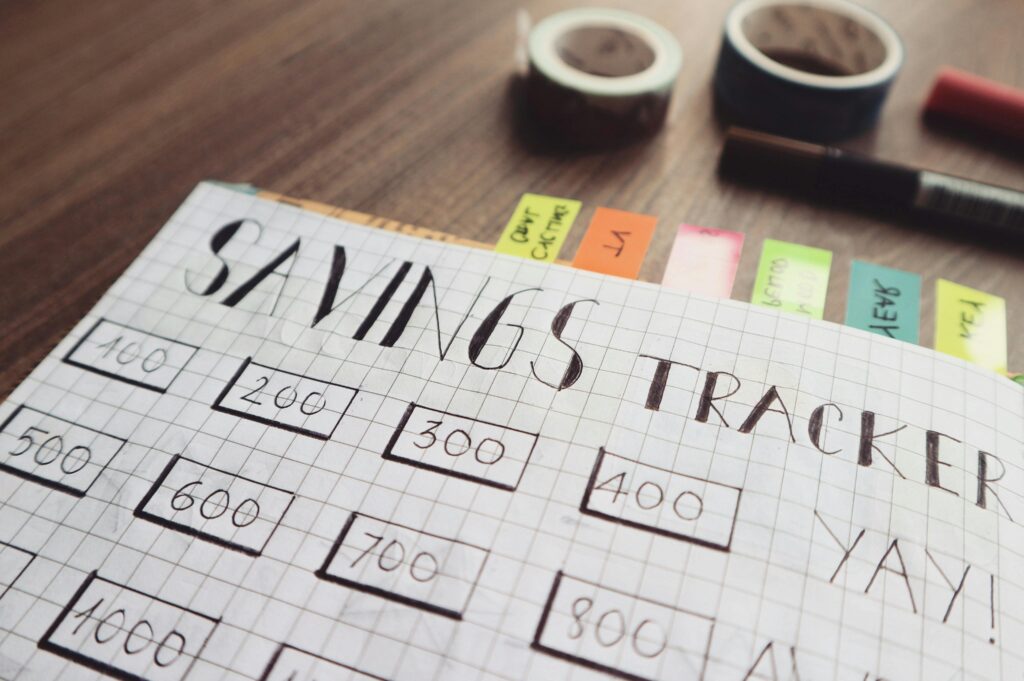Budgeting for Beginners: How to Make a Budget That Works

Are you new to managing your money and unsure how to get started? Budgeting for beginners can seem overwhelming, but it doesn’t have to be. Learning how to build a budget that actually works will help you control your spending, save more, and reduce financial stress.
In this post, we’ll walk you through simple, practical budgeting tips for beginners to create a budget you can stick to no matter your income or goals.
Why Budgeting for Beginners Matters
Many beginners struggle because they don’t have a clear plan for their money. Without a budget, it’s easy to overspend and lose track of savings goals. Budgeting for beginners helps you:
- Understand where your money goes
- Prioritize expenses
- Build savings
- Avoid debt
Have you ever wondered why your money disappears so fast each month? A solid budget can solve that problem.
Step 1: Track Your Income and Expenses
The first step in budgeting for beginners is knowing exactly how much money you make and spend each month. Write down all income sources and track every expense, from rent to small coffee purchases.
- Use apps or spreadsheets to keep it simple
- Review your bank statements for accuracy
Tracking helps you see spending patterns and identify areas to cut back.
Step 2: Set Realistic Budget Categories
Divide your expenses into categories such as housing, food, transportation, entertainment, and savings. Budgeting for beginners works best when categories are clear and realistic.
- Allocate money based on your lifestyle
- Don’t forget irregular expenses like gifts or car repairs
Are your budget categories flexible enough to handle unexpected costs?

Step 3: Use the 50/30/20 Rule as a Guide
Many beginners find the 50/30/20 budgeting rule helpful:
- 50% of income for needs
- 30% for wants
- 20% for savings and debt repayment
This simple rule provides balance and helps prevent overspending.
Step 4: Automate Your Savings
To make budgeting for beginners easier, set up automatic transfers to your savings account. This way, you pay yourself first and reduce the temptation to spend extra cash.
- Choose a savings goal, like an emergency fund or travel
- Automate transfers right after payday
Automation builds healthy money habits effortlessly.
Step 5: Review and Adjust Regularly
A budget is not set in stone. Review your budget monthly and adjust for changes in income or expenses. Budgeting for beginners requires flexibility and consistency.
- Did you overspend in one category? Find ways to balance it next month
- Celebrate small wins to stay motivated
How often do you check your budget?
Final Thoughts on Budgeting for Beginners
Budgeting for beginners is about creating a plan that fits your life and helps you reach your financial goals. By tracking your money, setting clear categories, following simple rules, and reviewing often, you can build a budget that actually works.
Ready to take control of your finances? Start your budgeting journey today and watch your money work for you!













4 comments